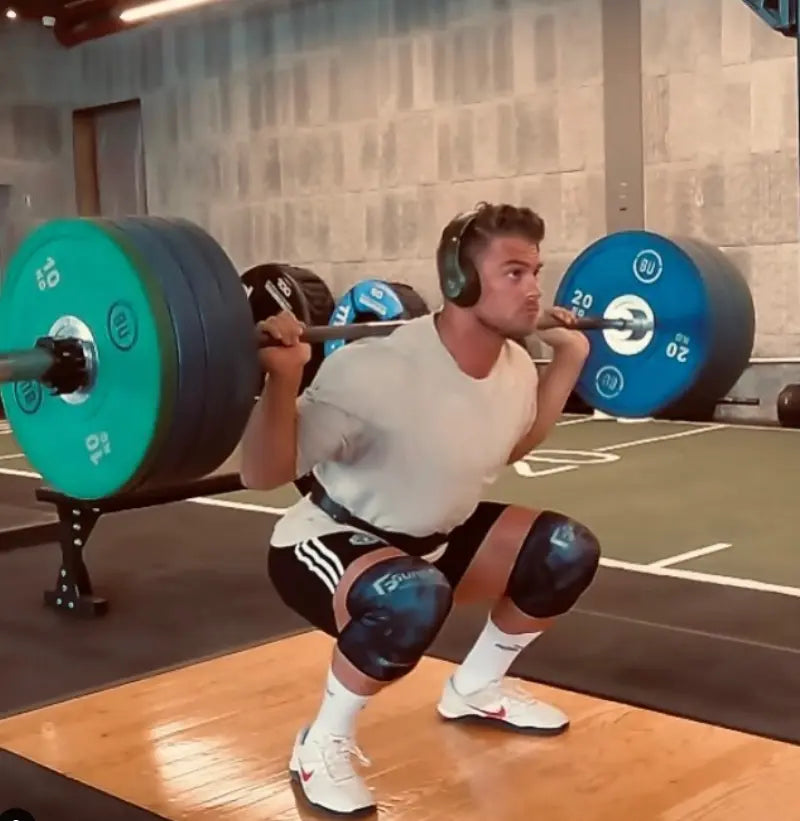
Four Weightlifting Techniques to Master
Master These 4 Essential Weightlifting Techniques for Maximum Gains
It involves only two disciplines. In a competition, an athlete attempts to lift a barbell with two moves—the snatch and the clean and jerk. However, weightlifting training is very crucial and the techniques are so technical, most would take months or even years to master. If you are training to become a weightlifter, while there are plenty more, we will discuss the best four weightlifting techniques to master.
Before beginning your weightlifting training, it is best to take a lot of precaution. This is not an easy and quite a dangerous sport. One wrong move can result in injury. You must have an experienced trainer or coach who can guide you through your weightlifting journey.
Weightlifting Technique 1: Squat Pattern
Among the most common mistakes or issues you may encounter while training for weightlifting are insufficient depth, inward knee collapse, and a rounded back. You can solve these issues with a strategic squat pattern technique.
The goblet squat is one of the best recommendations of professional weightlifters. Hold the dumbbell lengthwise right in front of your chest. Your elbows must be pointed in a downward direction. You will now have to sit or squat in between your feet. While sitting, your chest should still be kept out or up. Lower down your sitting position or squat “ass-to-grass”. Your hip-crease should be below your knee-crease. By this time, your elbows should be in between your thighs. Slightly lean forward with your torso so you can remain balanced over your mid-foot. Stay tight so your back won’t round forward. Start with lighter dumbbells and go heavier over the next few weeks.

Weightlifting Technique 2: Hip Hinge Pattern
Russian kettlebell swings, Olympic lifts, and deadlifts can be performed perfectly when you master the hip hinge pattern. Learning this pattern will help build your strength and prevent spine and knee injuries.
Keep your feet only 8 to 10 inches apart when standing. Place a hand on your stomach and your other hand on your lower back. Bend your knees slightly and start pushing your hips backward as you bow forward. Once you reach 90 degrees at your hips, you will start feeling the tension in your hamstrings. Keep your chest out as you stay strong in this position. Also, check back rounding by feeling it with your hands.
Weightlifting Technique 3: Shoulder Pack
All lifts, including lower-body lifts, can improve greatly when you master shoulder packing. It is also essential for shoulder health while doing all kinds of upper-body exercises.
It looks simple but you also need a lot of practice to master the shoulder pack technique. While pulling in the horizontal or vertical, draw your shoulders to your opposite hip pockets. When pressing in the horizontal or vertical direction, start the shoulder pack. You can also use the shoulder pack during squats, deadlifts, the Romanian deadlift (RDL), kettlebell swings, and other lower-body lifts.

Weightlifting Technique 4: Neutral Spine
Possibly one of the most challenging to achieve and maintain yet very important in every exercise, the neutral spine position is something you must learn early on. It will reduce spine stress greatly which will help you while weightlifting.
Go on a basic front planking position where you are on your elbows and toes. Rotate your pelvis to move through full lumbar hyperextension and hyperflexion. Find your neutral middle position as you squeeze your glute muscles. Master this to maintain a healthy back and minimize injury.
These four weightlifting techniques to master aren’t exactly the easiest but with proper training and determination, you will achieve your goal. Another great way to minimize injury and enjoy your weightlifting training is by using the right equipment and weightlifting gear.
We've a massive range of quality items to help you on your journey. Check out our shop!





